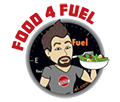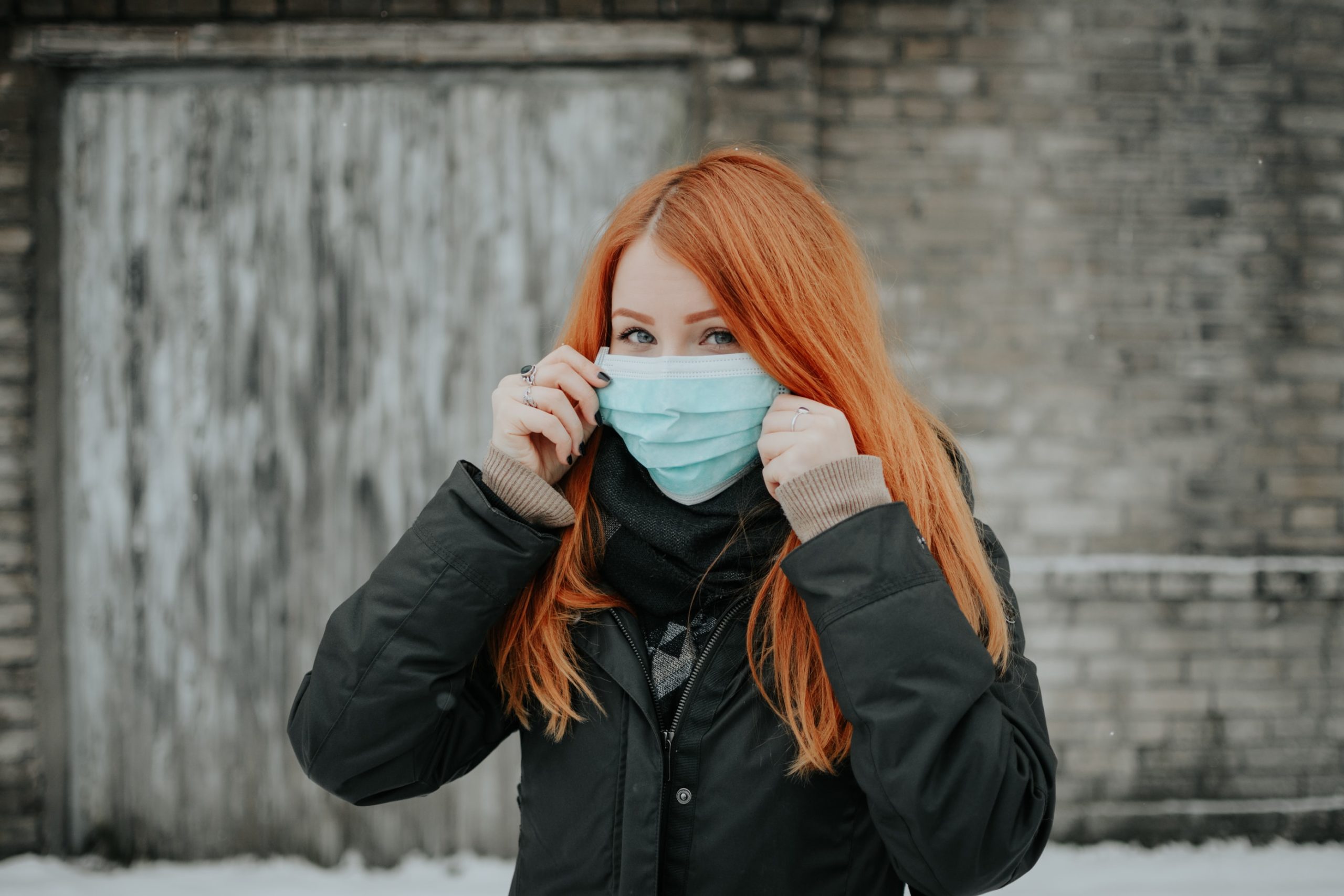A recently published study in the Journal of Diabetes Technology and Science provides some details about a difficult relationship between people with diabetes/hyperglycemia and the COVID-19 virus. The study looked at 1,122 people hospitalized with the COVID-19 virus in the United States in March and April. 40% of the study participants had been previously diagnosed with diabetes or hyperglycemia (high blood sugar levels). The study outlined the death rates for patients with and without diabetes/hyperglycemia. This is what the study found:
- Death rate for patients with diabetes/hyperglycemia: 29%
- Death rate for patients with neither condition: 6%
There was also a startling relationship between people who had never previously been diagnosed with diabetes/hyperglycemia but did for the first time at this hospital stay. The death rate for this set of study participants was 42%. This suggests that the death rate could be higher for people who are not managing these conditions well or at all. While there is still a lot to learn, and there were some limitations involved with the data, numbers out of China are suggesting a difficult relationship as well.
So what does this mean? Why is this important?
If you have diabetes/hyperglycemia, you should probably take extra precautions to avoid opportunities to contract the COVID-19 virus. During these tough shelter-in-place times it is easy to lose sight of the immensity of the virus we’re dealing with. Many of us have not taken all of the precautions possible to avoid contact with the virus. Keep in mind that your life could very much be at stake from contact. I know, this is great advice for everyone, but it is definitely worth the reminder.
Let’s dive a little bit deeper into diabetes. The Center for Disease Control (CDC) reports that as of July 2015 that more than 100 million Americans have diabetes or are prediabetic. 30.3 million, or 9.4% of Americans, have diabetes. And another 84.1 million have prediabetes. Prediabetes typically turns into diabetes within 5 years if left untreated. Roughly one third of Americans are diabetic or have prediabetes. This is truly a condition that impacts all of us. These statistics show that we’re either dealing with the condition and/or we know a lot of people that are.
While we know a higher death rate has been observed in COVID-19 patients with diabetes than patients without the chronic condition, the concerns should run much deeper. Diabetes can lead to premature death (7th leading cause of death in America), vision loss, heart disease, kidney failure, and amputations of body parts.
The good news is that diabetes can be managed by diet, physical activity, and the appropriate use of insulin and other medications used to manage blood sugar levels. Some specific ways to manage/avoid getting type 2 diabetes are as follows:
- Cut or limit sugar and refined carbs from your diet
- Work out regularly
- Drink water as your primary beverage
- Take serious steps to lose weight if you’re overweight
- Quit smoking
- Limit portion sizes
The bottom line is that diabetes is linked to premature death in both the COVID-19 and non-COVID-19 worlds. And many of us are either dealing with it directly or are at risk to deal with it at some point in the future. There is hope to manage the condition. Take a hard look at the ideas listed above. These can easily be adapted into any lifestyle!
Food 4 Fuel has a wide selection of foods to help your diabetes management lifestyle. We make it easy and convenient for you to treat your body with care. Take a look at our meal options here. Use the discount code beatdiabetes10 to get 10% off of your next order!


